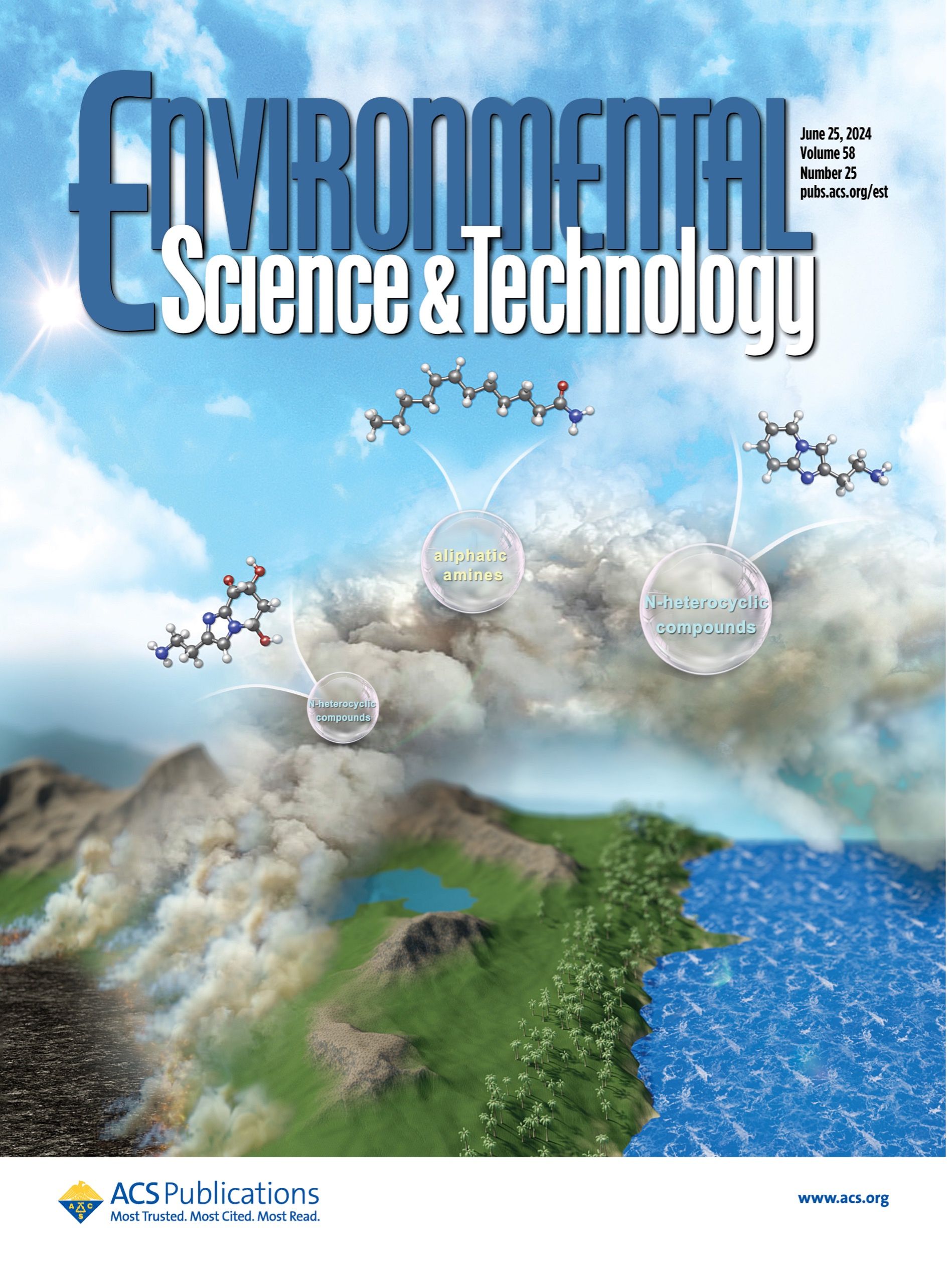Peatland wildfires contribute significantly to the atmospheric release of light-absorbing organic carbon, often referred to as brown carbon. In this study, we examine the presence of nitrogen-containing organic compounds (NOCs) within marine aerosols across the Western Pacific Ocean, which are influenced by peatland fires from Southeast Asia. Employing ultrahigh-resolution Fourier transform ion cyclotron resonance mass spectrometry (FT-ICR MS) in electrospray ionization (ESI) positive mode, we discovered that NOCs are predominantly composed of reduced nitrogenous bases, including CHN+ and CHON+ groups. Notably, the count of NOC formulas experiences a marked increase within plumes from peatland wildfires compared to those found in typical marine air masses. These NOCs, often identified as N-heterocyclic alkaloids, serve as potential light-absorbing chromophores. Furthermore, many NOCs demonstrate pyrolytic stability, engage in a variety of substitution reactions, and display enhanced hydrophilic properties, attributed to chemical processes such as methoxylation, hydroxylation, methylation, and hydrogenation that occur during emission and subsequent atmospheric aging. During the daytime atmospheric transport, aging of aromatic N-heterocyclic compounds, particularly in aliphatic amines prone to oxidation and reactions with amine, was observed. The findings underscore the critical role of peatland wildfires in augmenting nitrogen-containing organics in marine aerosols, underscoring the need for in-depth research into their effects on marine ecosystems and regional climatic conditions.

Article information: Zhong, S.; Liu, R.; Yue, S.; Wang, P.; Zhang, Q.; Ma, C.; Deng, J.; Qi, Y.; Zhu, J.; Liu, C.-Q.; Kawamura, K.; and Fu, P.* (2024) Peatland Wildfires Enhance Nitrogen-Containing Organic Compounds in Marine Aerosols over the Western Pacific. Environmental Science & Technology, 58 (25), 10991-11002. https://doi.org/10.1021/acs.est.3c10125